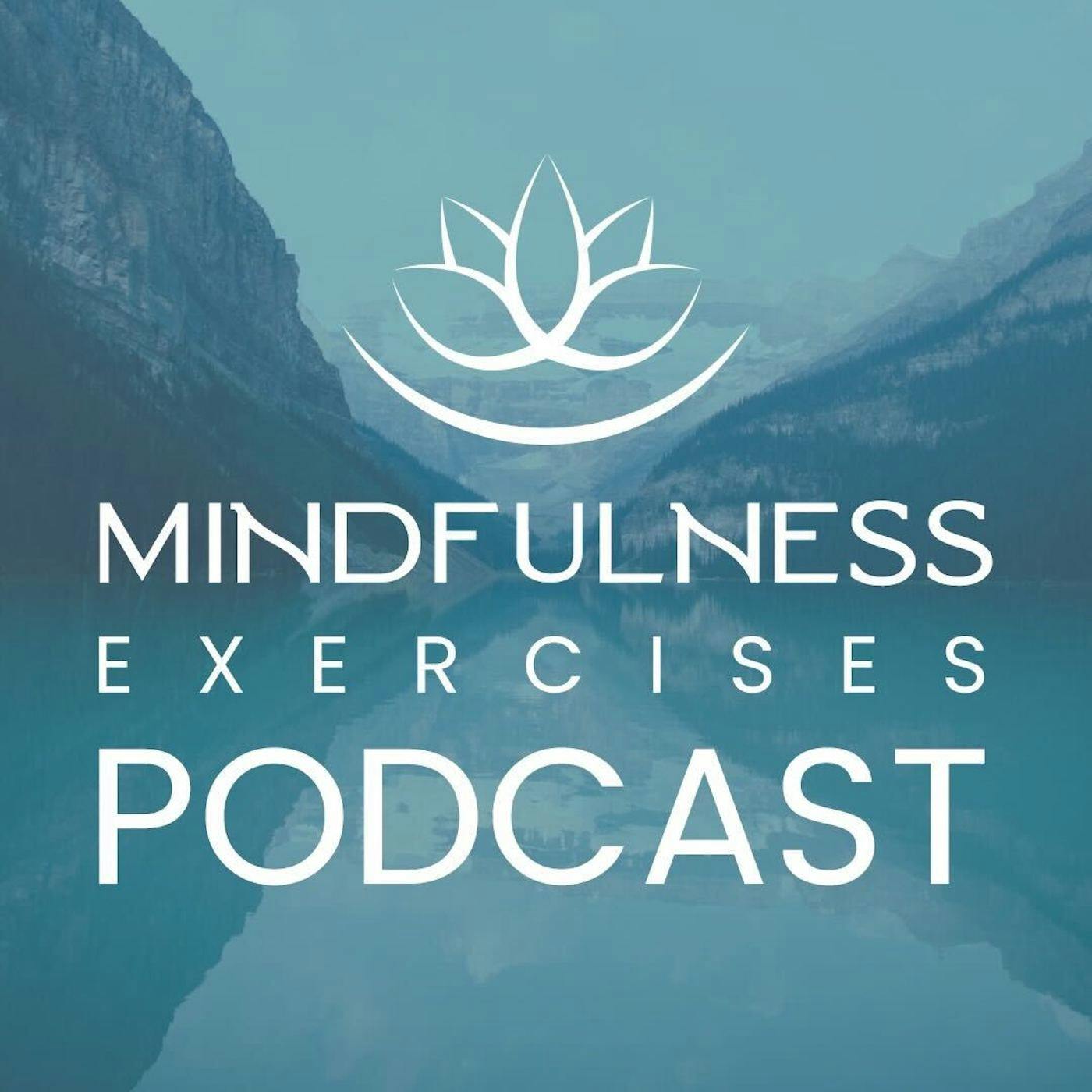
How to Alleviate Pain with Mindfulness | Simple Techniques for Chronic Pain Relief

Mindfulness Exercises
Deep Dive
Why is mindfulness counterintuitive for chronic pain patients?
Chronic pain patients often avoid focusing on their pain because they want to eliminate it. Mindfulness, however, encourages paying attention to the pain without judgment, which can feel counterintuitive but helps in managing and understanding the pain better.
How does mindfulness help in exploring pain?
Mindfulness allows individuals to explore pain by focusing on the sensations in the affected area, such as the knee, with a sense of non-judgment and self-compassion. If the pain becomes overwhelming, attention can be shifted to surrounding areas or breathing, gradually building the ability to stay engaged with the experience.
What is the recommended duration for daily mindfulness practice?
A minimum of 10 minutes daily is recommended for mindfulness practice. Even one minute is beneficial if that's all one can manage. Consistency over eight weeks, practicing three to four times a week, is suggested to see significant benefits.
What percentage of patients find benefits from mindfulness after eight weeks?
99% of patients who practice mindfulness for eight weeks find some benefit and continue with the practice. Additionally, 60% of those who try it for just one week express a desire to continue.
Are there conditions where mindfulness might not be appropriate?
Mindfulness may not be suitable for individuals with acute PTSD or schizophrenia, as bringing awareness to their actual experience can be challenging. However, with guidance from a therapist, even those with PTSD can benefit from tailored mindfulness practices.
How does mindfulness help in building resilience to pain?
Mindfulness builds resilience by teaching individuals to engage with their pain without judgment, gradually increasing their ability to tolerate discomfort. Over time, this practice helps in acknowledging the pain's presence and reduces the tendency to feel trapped by it, thereby lessening its impact.
- Mindfulness isn't about ignoring pain, but engaging with it gently.
- Explore pain regions, backing away if overwhelmed.
- Engage with the experience without judgment, using kindness and self-compassion.
- Ignoring pain worsens it; engaging with it helps alleviate it over time.
Shownotes Transcript
Did you know mindfulness can help alleviate pain?
In this episode, Sean Fargo, founder of Mindfulness Exercises and former Buddhist monk, explains how to use mindfulness techniques to explore and manage pain with compassion.
Whether you're dealing with chronic pain or temporary discomfort, mindfulness offers a gentle, effective approach to alleviate pain without resistance.
Mindfulness isn't about ignoring pain but engaging with it gently, helping you alleviate pain and build resilience.
For best results, practice mindfulness daily or several times a week to gradually strengthen your ability to alleviate pain through presence. 🌿
✨ Explore more resources from Sean Fargo and learn how to start your own mindfulness journey!
📜 **Become Certified **
Mindfulness Meditation Teacher Certification: https://bit.ly/MindfulnessCertify
Trauma-Sensitivity Teaching Certification: https://bit.ly/METraumaSensitiveMindfulnessCourse
🌱 Be a Part of our Growing Community
Mindfulness Exercises Website: http://mindfulnessexercises.com/
Connect Community for Mindfulness Teachers: https://mindfulnessexercises.com/connect-mindfulness-community/
Instagram: https://www.instagram.com/Mindfulness.Exercises/
LinkedIn: https://www.linkedin.com/company/mindfulness-exercises/
Facebook: https://facebook.com/exercising.mindfulness
Learn more about your ad choices. Visit megaphone.fm/adchoices)